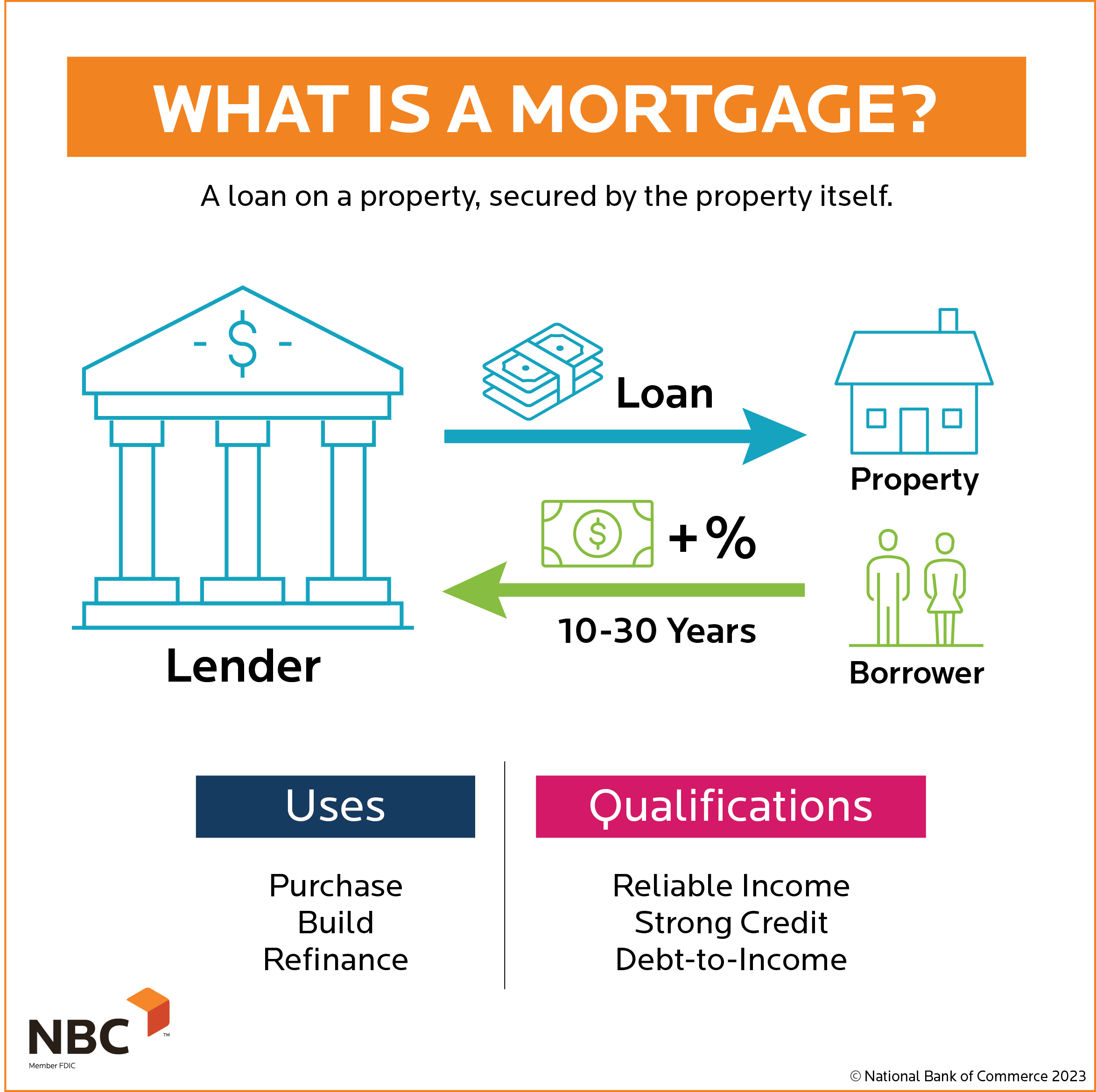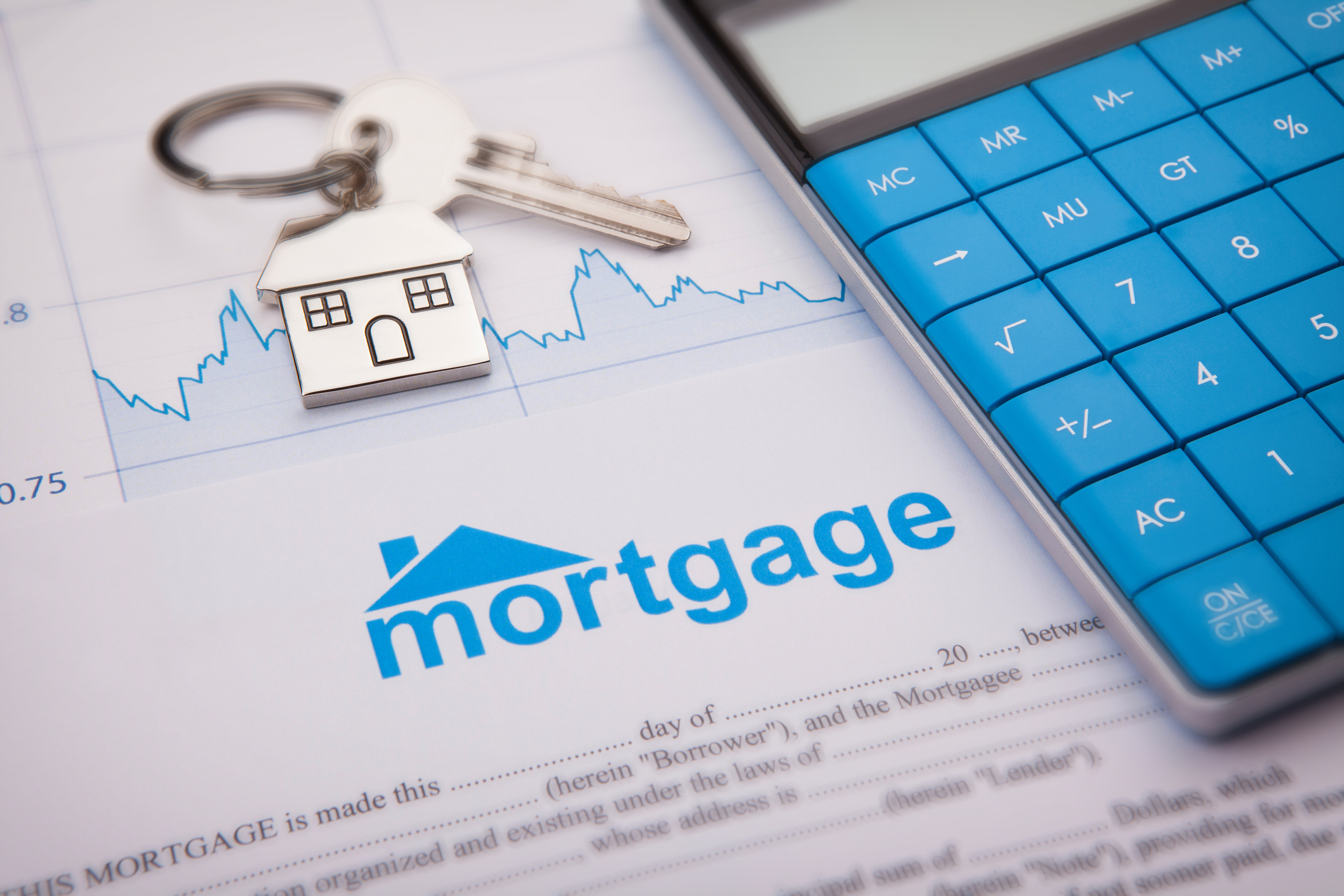Why Conventional Mortgage Loans Are a Smart Option for Stable Financing
Why Conventional Mortgage Loans Are a Smart Option for Stable Financing
Blog Article
The Necessary Aspects to Think About When Finding Between Fixed-Rate and Variable-rate Mortgage Financings
When reviewing home loan options, customers deal with a pivotal decision in between fixed-rate and adjustable-rate loans, each providing potential pitfalls and distinct advantages. Secret factors to consider such as rate of interest rate security, predictability in regular monthly payments, and the effects of prospective rate adjustments can significantly influence long-lasting financial health. Understanding the awaited duration of homeownership and the general cost of borrowing can form one's method. As these factors intertwine with individual financial circumstances and risk resistance, the implications of this selection might not be as simple as they seem. What nuances should be prioritized in this important decision-making procedure?
Rate Of Interest Security
When picking a home mortgage, comprehending interest price stability is crucial for notified decision-making. Passion rates can substantially impact the overall price of a mortgage, and identifying the nature of these prices is vital for customers.
On the other hand, variable-rate mortgages (ARMs) begin with reduced preliminary rates that might alter periodically based upon market problems. While this can result in reduced settlements originally, it additionally introduces unpredictability, as consumers may encounter raised repayments if interest rates increase. For those taking into consideration an ARM, it is vital to assess the chance of rate changes, the potential for payment boosts, and the length of the initial fixed-rate period.
Inevitably, the choice between adjustable-rate and fixed-rate mortgages pivots on private risk tolerance and financial scenarios. Understanding rate of interest price security aids customers make notified choices that straighten with their long-term economic goals.
Monthly Repayment Predictability
While consumers frequently focus on interest rate stability, the predictability of regular monthly settlements is similarly important in the mortgage selection process (Conventional mortgage loans). Regular monthly repayment predictability plays a critical role in budgeting and economic planning, as it directly affects a property owner's capital and total monetary wellness
Fixed-rate mortgages offer a consistent regular monthly repayment throughout the life of the financing, permitting debtors to anticipate and prepare their expenses successfully. This security can be specifically helpful for newbie property buyers or those on a set income, as it gets rid of the unpredictability associated with changing repayments.
Alternatively, adjustable-rate mortgages (ARMs) normally feature reduced preliminary repayments that can transform gradually, leading to potential variability in regular monthly obligations. While at first appealing, this changability can make complex economic preparation, particularly if borrowers do not account for future price adjustments.
Prospective Price Modifications
In the realm of variable-rate mortgages (ARMs), possible price modifications represent a substantial factor that borrowers must meticulously consider. Unlike fixed-rate home loans, where the rate of interest remains the same for the life of the finance, ARMs are characterized by fluctuating passion rates that are linked to market indices. This variability can result in substantial changes in regular monthly settlements, affecting the debtor's monetary planning and budgeting.
Typically, ARMs have an initial fixed-rate period during which the rate of interest rate is secure. After this duration, nonetheless, the rate changes at established intervals-- frequently each year. Debtors have to understand the margin and index used to calculate these changes, as they directly influence future rates of interest. In addition, ARMs frequently consist of caps that restrict just how much content the rate of interest rate can boost at each change and over the life of the finance, which can give some level of defense versus radical price walkings.
Recognizing these prospective modifications is vital for debtors, as they directly influence long-term payment commitments. Evaluating individual financial circumstances and risk tolerance is necessary when deciding whether an ARM aligns with one's financial objectives.
Financing Term Considerations
Funding term considerations play an essential function in the decision-making process for consumers choosing between fixed-rate and adjustable-rate mortgages. The length of the loan term considerably influences month-to-month repayments, interest rates, and total monetary planning. Fixed-rate mortgages generally provide terms of 15 to thirty years, giving security in monthly payments and predictability in budgeting. This can be especially appealing for debtors that prepare to stay in the same home long-term and choose the assurance of set repayments throughout the life of the funding.

Eventually, customers have to analyze their personal situations, economic goals, and market conditions when evaluating the effects of car loan term selections within each home mortgage type.

Total Cost of Loaning
The general cost of loaning is a vital variable that can considerably influence a customer's choice in between fixed-rate and adjustable-rate home mortgages. Fixed-rate home mortgages use predictable monthly settlements, as the rate of interest remains continuous throughout the car loan term. This predictability can lead to best site reduced general prices, especially in a steady or decreasing rate of interest environment. Customers can budget properly, recognizing their repayments will certainly not fluctuate.
On the other hand, adjustable-rate home mortgages (ARMs) commonly start with reduced first rates, resulting in decreased upfront costs. Nevertheless, these prices can boost after an initial period, causing potentially higher lasting expenses. Borrowers must think about the frequency and degree of price changes, as well as the total car loan duration, to properly evaluate the monetary effects.
Additionally, the general price of loaning includes not only rates of interest however additionally costs and other linked prices, such as shutting prices and insurance policy (Conventional mortgage loans). When a knockout post assessing home mortgage choices, customers ought to carry out an extensive cost analysis over the life of the loan. By doing so, they can make an informed decision that aligns with their economic goals and run the risk of tolerance
Verdict
To conclude, selecting between adjustable-rate and fixed-rate mortgage necessitates cautious consideration of a number of critical elements. Rate of interest security and month-to-month repayment predictability are critical for efficient budgeting, while the capacity for price changes in ARMs presents financial uncertainty. Additionally, the awaited duration of homeownership and the overall price of loaning, consisting of passion rates and associated charges, need to line up with private monetary conditions and risk resistance. Such an extensive analysis will assist in enlightened decision-making in mortgage choice.
Key factors to consider such as interest rate stability, predictability in regular monthly payments, and the implications of potential price modifications can dramatically influence lasting economic health and wellness. Interest rates can dramatically impact the general cost of a mortgage, and acknowledging the nature of these prices is essential for borrowers. Unlike fixed-rate home mortgages, where the rate of interest price remains unchanged for the life of the lending, ARMs are defined by changing passion prices that are linked to market indices. Furthermore, ARMs often consist of caps that restrict just how much the interest price can enhance at each modification and over the life of the funding, which can offer some level of security versus drastic rate hikes.
Rate of interest rate stability and monthly payment predictability are paramount for reliable budgeting, while the potential for price changes in ARMs presents economic uncertainty.
Report this page